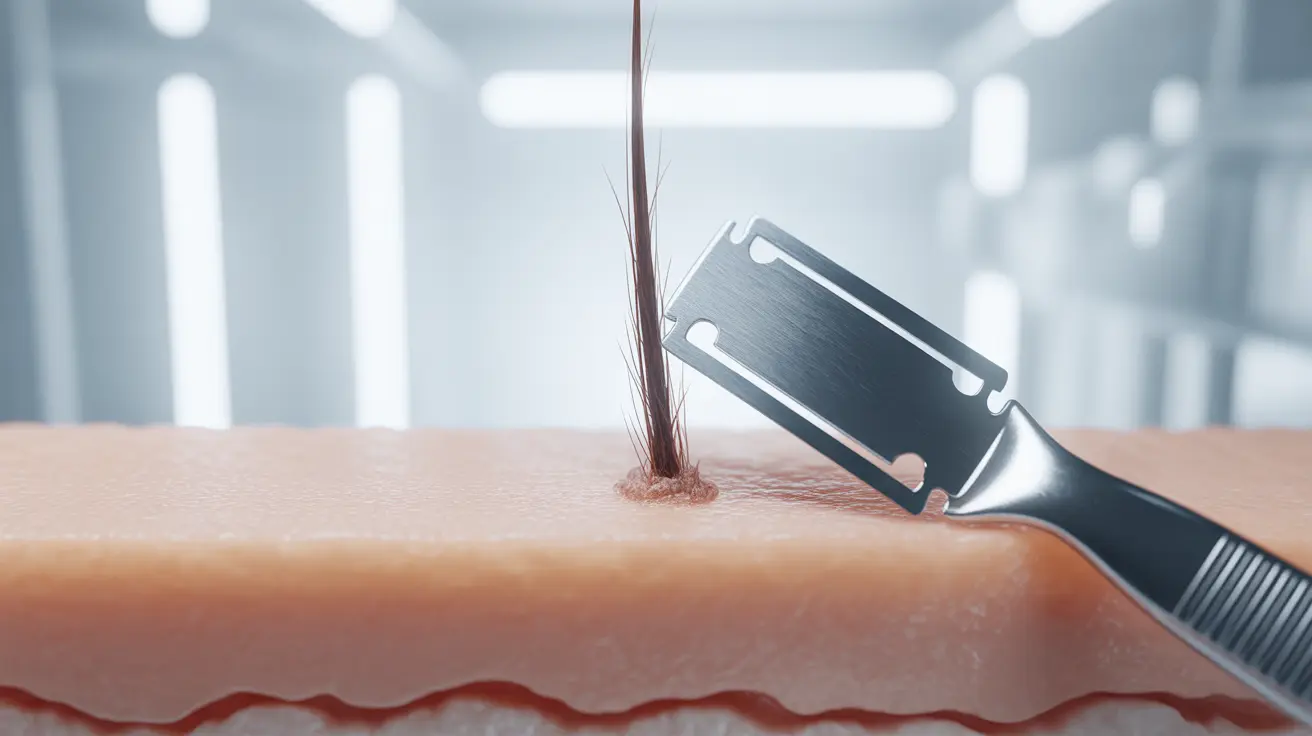A spinal fluid leak in the lower back occurs when cerebrospinal fluid (CSF) escapes through a tear or hole in the protective membrane surrounding the spinal cord. This condition requires prompt medical attention as it can lead to serious complications if left untreated. Understanding the symptoms, diagnosis process, and available treatments is crucial for anyone experiencing or suspecting this condition.
This comprehensive guide explores the key indicators of spinal fluid leaks, diagnostic procedures, treatment options, and potential complications, helping you recognize when to seek medical care.
Understanding Spinal Fluid Leaks and Their Impact
Cerebrospinal fluid plays a vital role in protecting and cushioning the brain and spinal cord. When this fluid leaks from the lower back region, it can create a range of symptoms and potentially serious health issues. The leak can occur spontaneously or result from injury, medical procedures, or underlying health conditions.
Common Symptoms of Spinal Fluid Leaks
Recognizing the symptoms of a spinal fluid leak is crucial for early detection and treatment. Key indicators include:
- Clear or pink-tinged fluid draining from the nose or ears
- Persistent, position-dependent headaches
- Neck stiffness and pain
- Lower back pain or discomfort
- Nausea and vomiting
- Sensitivity to light
- Hearing changes or ringing in the ears
- Balance problems or dizziness
Diagnostic Procedures for Spinal Fluid Leaks
Healthcare providers use several methods to diagnose spinal fluid leaks accurately:
Physical Examination and Medical History
Doctors begin with a thorough physical examination and detailed discussion of symptoms and medical history, particularly focusing on recent procedures or injuries.
Imaging Tests
Various imaging techniques may be employed, including:
- MRI with contrast
- CT myelogram
- Radionuclide cisternography
- Spinal tap
Treatment Approaches
Treatment options vary depending on the severity and location of the leak:
Conservative Treatment
Initial treatment often includes:
- Bed rest
- Increased fluid intake
- Caffeine consumption
- Over-the-counter pain medication
Medical Interventions
More severe cases may require:
- Epidural blood patch
- Surgical repair
- Fibrin glue injection
Potential Complications and Prevention
Untreated spinal fluid leaks can lead to serious complications, including:
- Chronic headaches
- Meningitis risk
- Seizures
- Cognitive issues
- Extended recovery time
Prevention measures include avoiding strain on the spine and following post-procedure care instructions carefully.
Frequently Asked Questions
What are the common lower back symptoms that indicate a spinal fluid leak?
Common symptoms include persistent lower back pain, position-dependent headaches, clear fluid drainage, and neck stiffness. These symptoms often worsen when standing or sitting upright.
How is a spinal fluid leak in the lower back diagnosed and confirmed?
Diagnosis typically involves a combination of physical examination, imaging tests like MRI or CT myelogram, and sometimes specialized tests to detect the presence of cerebrospinal fluid.
What treatment options are available for spinal fluid leaks causing lower back symptoms?
Treatment options range from conservative approaches like bed rest and hydration to medical interventions such as epidural blood patches or surgical repair, depending on the severity and location of the leak.
Can a spinal fluid leak in the lower back cause headaches and other neurological symptoms?
Yes, spinal fluid leaks commonly cause orthostatic headaches (headaches that worsen when upright), along with other neurological symptoms like dizziness, hearing changes, and vision problems.
What complications can arise if a spinal fluid leak in the lower back is left untreated?
Untreated spinal fluid leaks can lead to serious complications including chronic headaches, increased risk of meningitis, seizures, cognitive difficulties, and prolonged recovery time.




